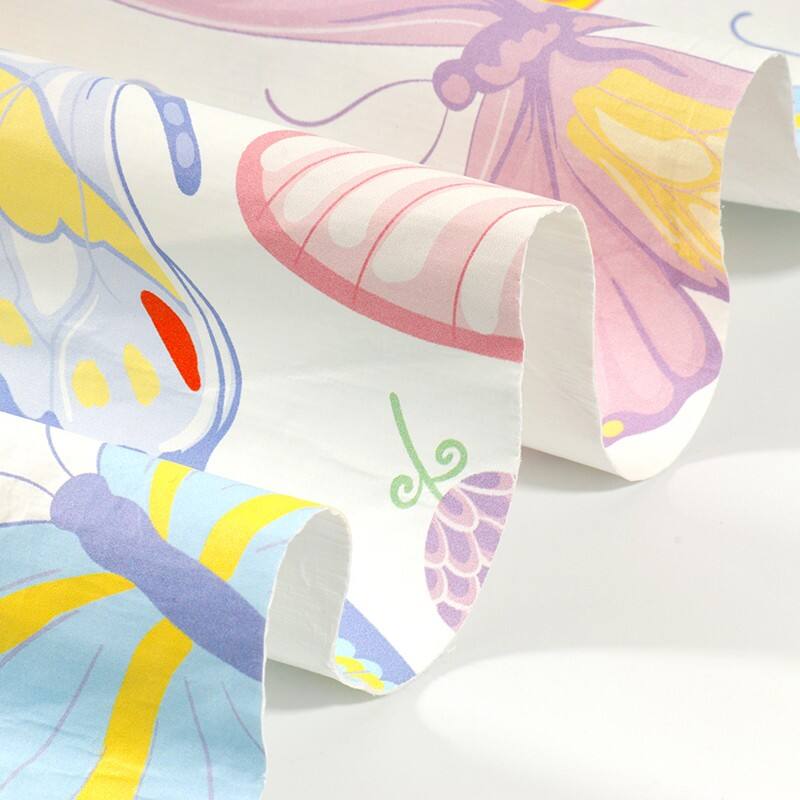types of breathable fabric
Breathable fabrics represent a revolutionary advancement in textile technology, combining comfort with functionality. These materials are engineered to allow air and moisture vapor to pass through while maintaining protection from external elements. The main types include moisture-wicking synthetics, natural breathable fibers, and advanced membrane technologies. Moisture-wicking synthetics, such as polyester and nylon blends, feature specialized fiber structures that actively transport sweat away from the skin. Natural breathable fabrics, including cotton, bamboo, and merino wool, offer inherent moisture management properties through their fiber structure. Advanced membrane technologies, like Gore-Tex and similar materials, utilize microscopic pores that are smaller than water droplets but larger than water vapor molecules, enabling one-way moisture transfer. These fabrics find applications across various sectors, from athletic wear and outdoor gear to everyday clothing and medical textiles. The technology behind these materials continues to evolve, with innovations in nano-fiber construction and bio-based materials leading to even more effective moisture management solutions.


